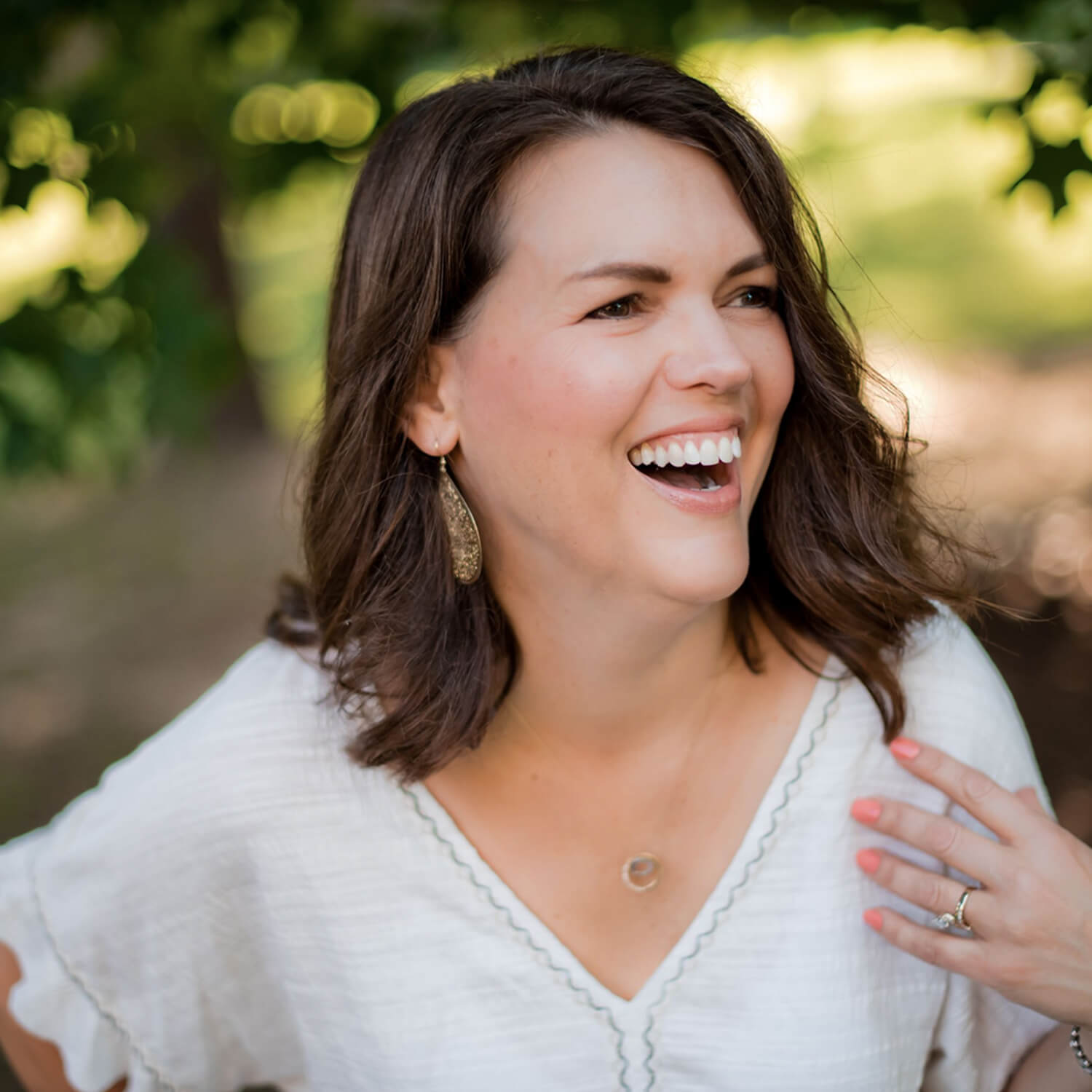A Piece of the World
Two days ago, I finished Christina Baker Kline’s novel A Piece of the World, based on the lives of two historical people who were friends. One was celebrated for his work as a painter. The other is known for her role in his most famous painting. I am still so moved by the story, I can’t stop thinking about it. Although I raced through it, I wish it hadn’t ended. I highlighted throughout. (Yes, I use a highlighter when I read a good novel because I can’t help myself.) Kline’s imagery and craftsmanship was so superb, I was reading and searching for a highlighter at the same time. And writing down lines in my reading journal. (Yes, I am that person.)
Kline tells the story of Christina Olson, the subject of Andrew Wyeth’s most famous painting, Christina’s World. The main character, Christina struggles to live in her small world even while she ached to leave it; she grappled with a crippling disease (apparently caused by polio); she struggled with love and jealousy in her relationship with her siblings and few friends; she became one of Andy Wyeth’s muses. The story was gripping, mesmerizing, and realistic, filled with flashbacks, history, and tender observances.
Kline portrays New England country life in the early 1900s with exquisite beauty. I felt as if I were in Maine, lobstering, farming, baking, and enduring the long, cold winters with the Olson family. Kline’s detailed characterization celebrates the complicities of the human spirit. I feel as though I know the characters, know their pain, and in doing so, understand myself better. I loved Kline’s book Orphan Train so tremendously that I was doubtful I would love this book as much. I am glad that I was wrong. Kline is an outstanding writer and researcher–this book is a gorgeous, seamless blend of history and fiction.
If you love art, especially the work of Andrew Wyeth, John Singer Sargant, or Winslow Homer (another of my faves!), you will be fascinated by this story. Kline describes Wyeth’s artistic process, his inspiration, and the emotional and relational aspect of his art. Now I must go to New York and see the painting in person in the Museum of Modern Art. Christina’s World is considered a masterpiece; the museum rarely loans it out.
Near the end, Kline writes (through the voice of Christina): “Here we are, the two of us, not partners but siblings, destined to live out our lives together in the house we grew up in, surrounded by the phantoms of our ancestors, haunted by the phantom lives we might’ve lived.” (286)
It’s the phantoms in all of us that compel us to read and ponder and change, isn’t it?

